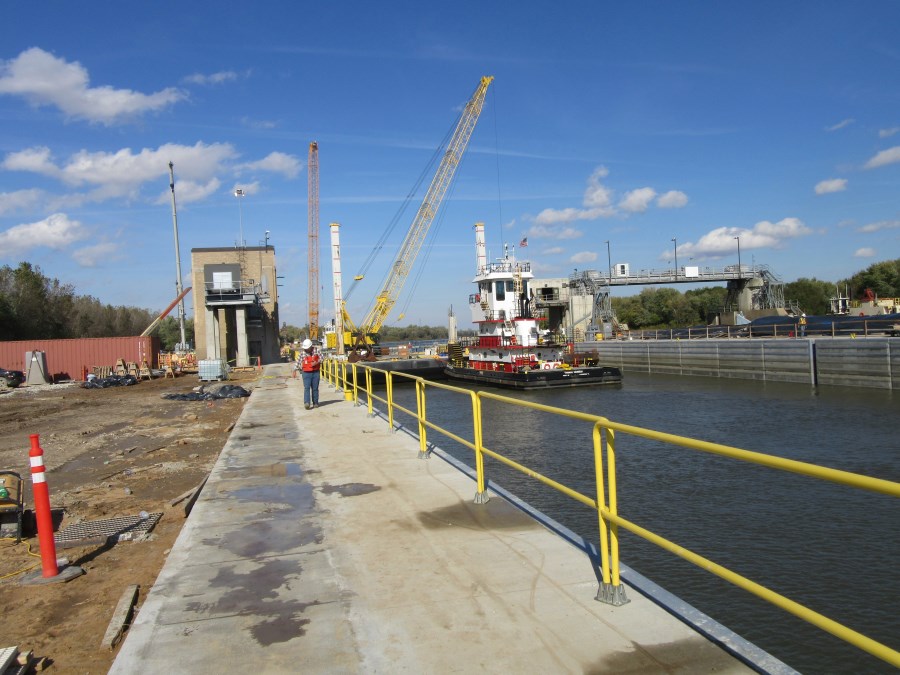USACE, LaFargeHolcim Enter $3.4-million Partnership For Better Recycling, Reuse | Columbus Ohio Dump Trucks
Army Corps will provide construction and demolition materials that will be analyzed for better extraction of concrete fines

LafargeHolcim and its construction materials sustainability subsidiary Geocycle are entering a research partnership with the U.S. Army Corps of Engineers’ Engineer Research and Development Center (ERDC) to study how construction and demolition materials, particularly concrete, can be used for energy recovery and mineral recycling.
The ERDC will provide technical assistance and $3.4 million from its research budget to conduct a waste characterization study and develop a research program to demonstrate how construction and demolition debris from across U.S. military installations can be used to create alternative fuels and alternative raw materials for the production of new, more sustainable construction materials. The USACE will also provide materials for the study from a number of military installations with significant construction and demolition debris.
"The key is the Geocycle's business model," says Stephen D. Cosper, an environmental engineer at the U.S. Army Construction Engineering Research Lab in Champaign, Ill. "They take waste materials from anywhere and find a way to use them as process fuel for their cement kilns. I see a potential for many army-related and army-generated waste streams to fit that model for construction materials. That's also a waste diversion that we can count toward our Department of Defense environmental goals, as well as hopefully save a little money on the disposal costs."
The research will take place at Geocycle’s Holly Hill Research Center in South Carolina and Holcim Ltd.’s Global Innovation Center in Lyon, France. Geocycle provides industrial, agricultural and municipal waste management services worldwide and works to develop new waste management techniques combined with proven co-processing technologies.
“Unlike other companies, we integrate technology from any waste stream,” says Sophie Wu, director of Geocycle North America. “It is a 100% recycled solution.” The goal is to reconstitute waste into the original virgin product."
Wu said the first phase, which will take about a year, will produce the study. In phase 2, “we will pick a site pilot and launch the project.”
Cosper said by September 2022 the USACE will do some in-house testing of the cement that GeoCycle makes out of these alternative materials at its Geo-technical and Structures Laboratory in Vicksburg, Miss. "They have capability of doing structural tests and all the ASTM tests required for new cement products," he said.
Part of the research will be taking concrete fines from crushing or land-clearing operations after demolition on a site or during a USACE construction project. The ERDC and GeoCycle want to take those fines soils and research if they are compatible to be used in new cement.
"We want to see if the mineral content is amenable to incorporation into a new cement product," Cosper said. "That's reuse of a problematic material. It's not as much on the macro scale as shingles or whole concrete, for example, but it is a larger material source," that currently cannot be recycled.
Today, when cement is crushed for reuse, the material taken out is the aggregate. This study will look at the fines left over and the soils left over from that process and from demolition columbus oh dump truck work in general to see if it can be put back into Portland cement as the cement binder, Cosper says.
